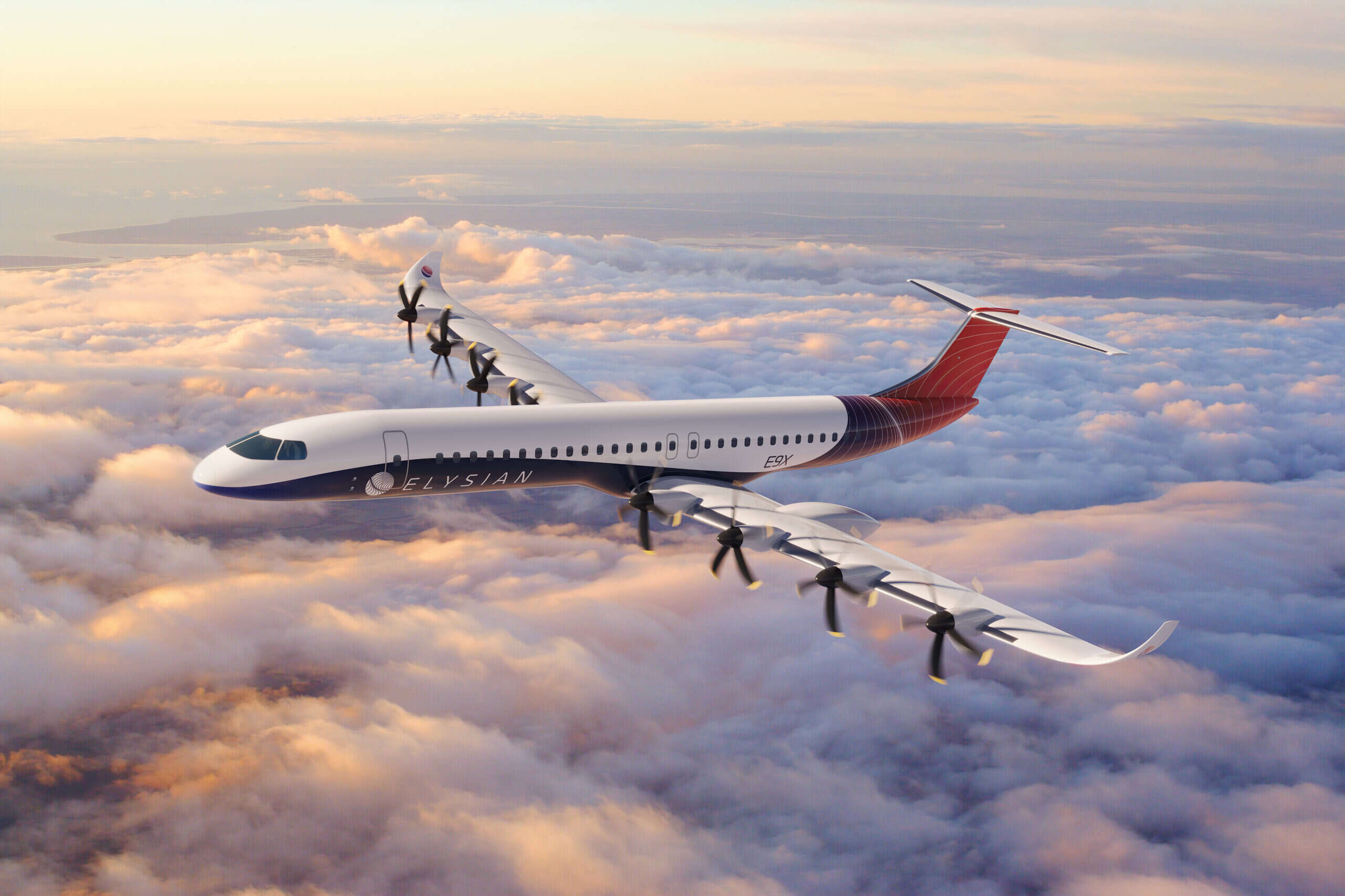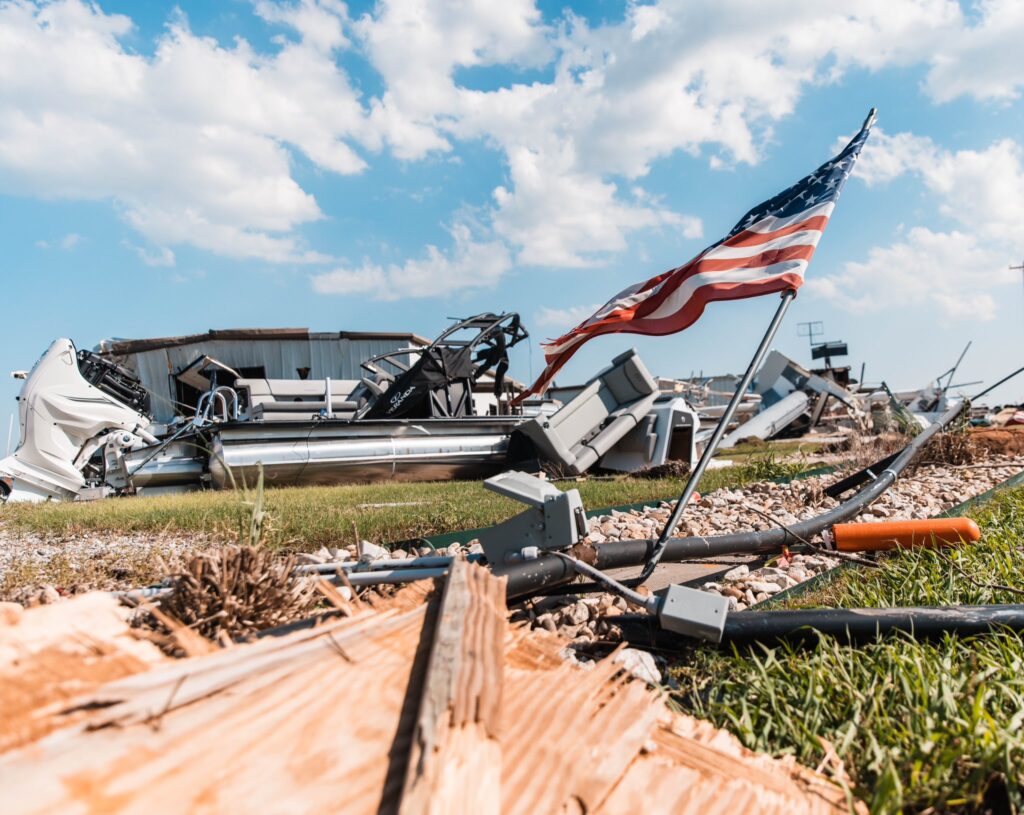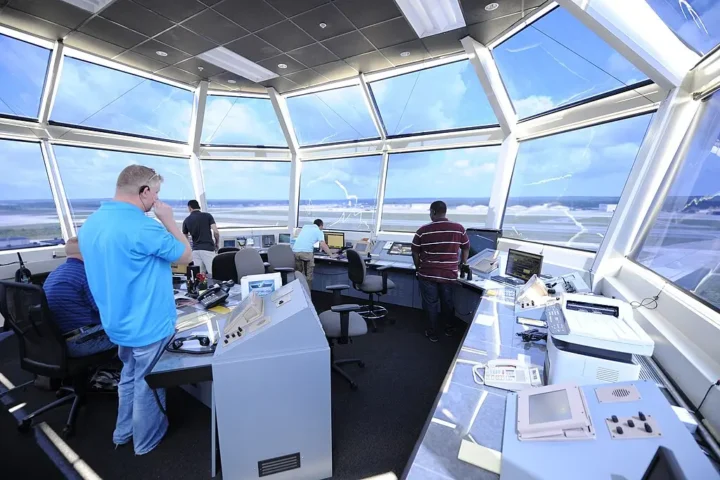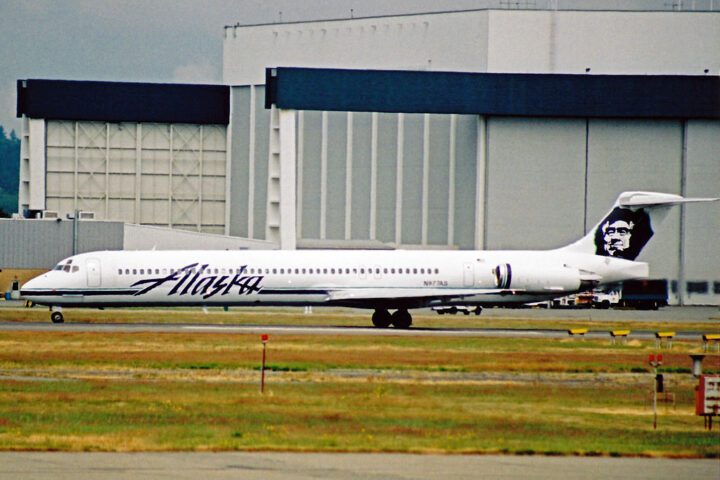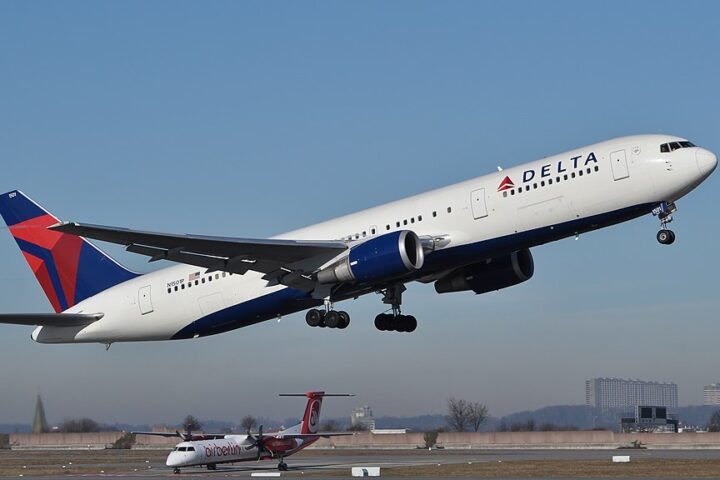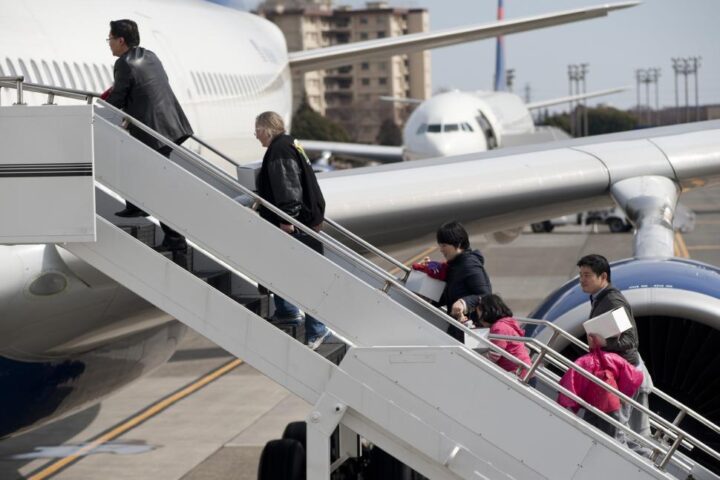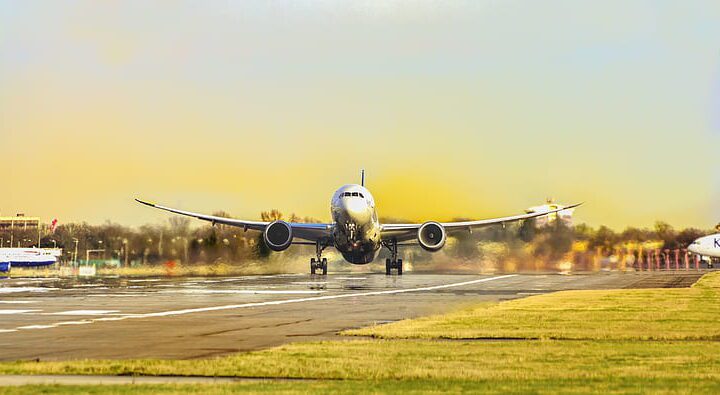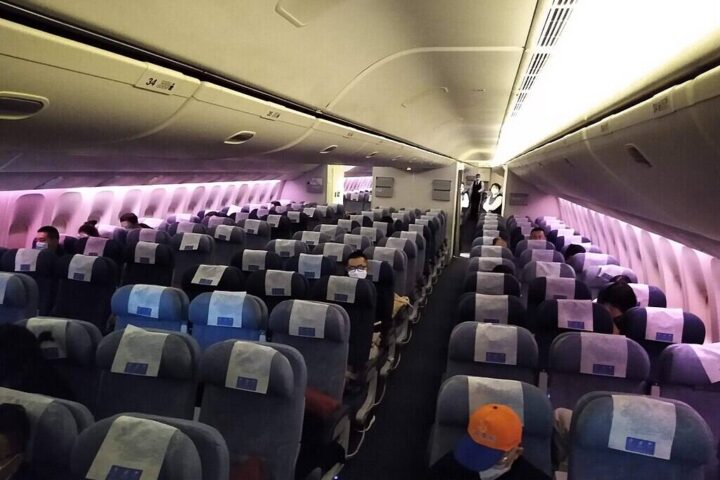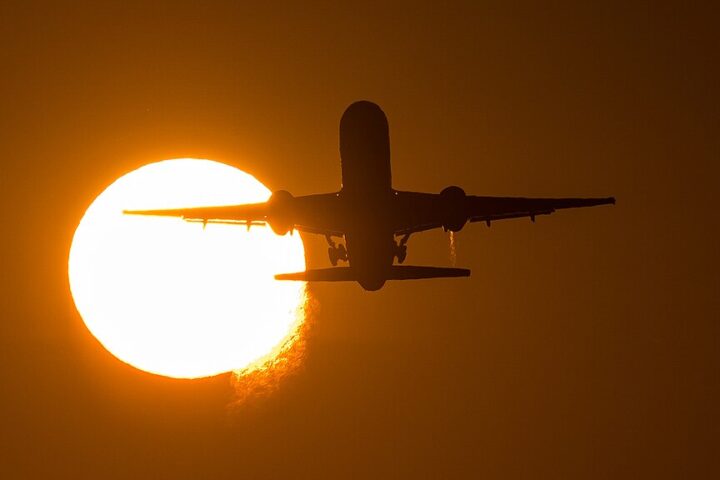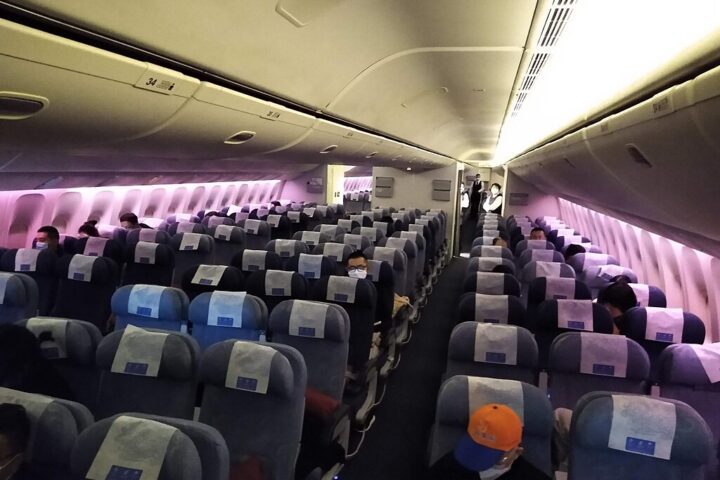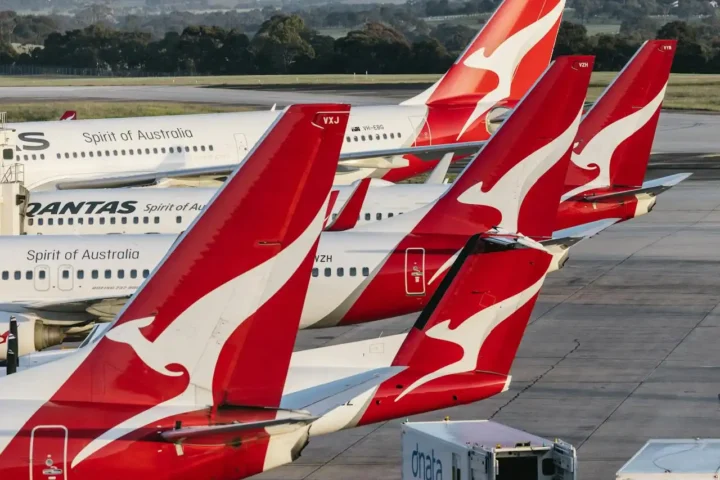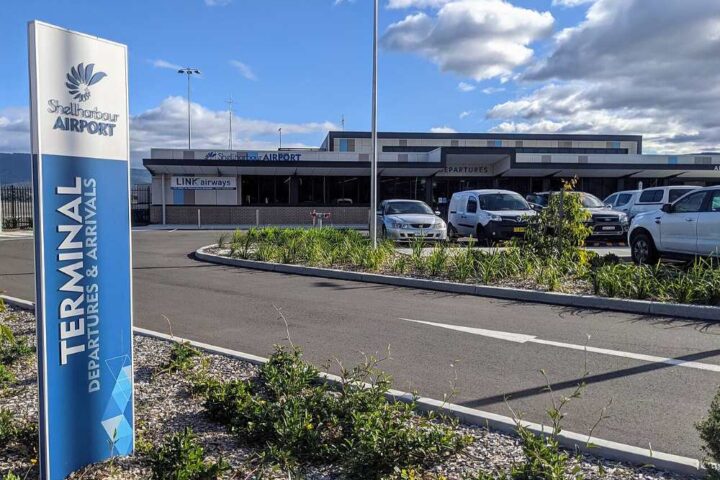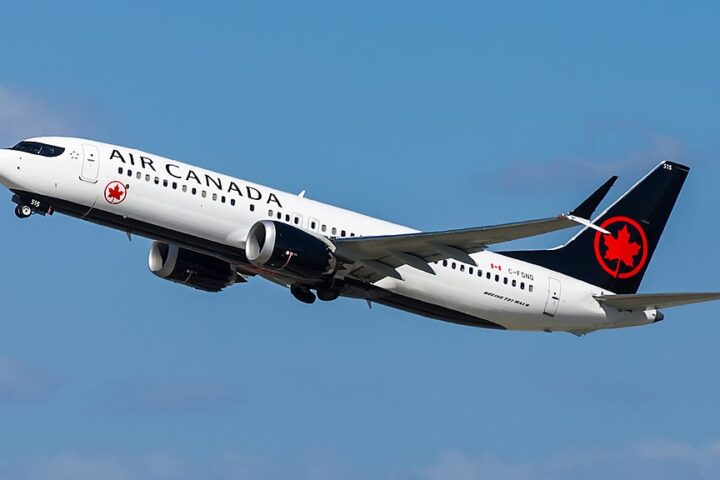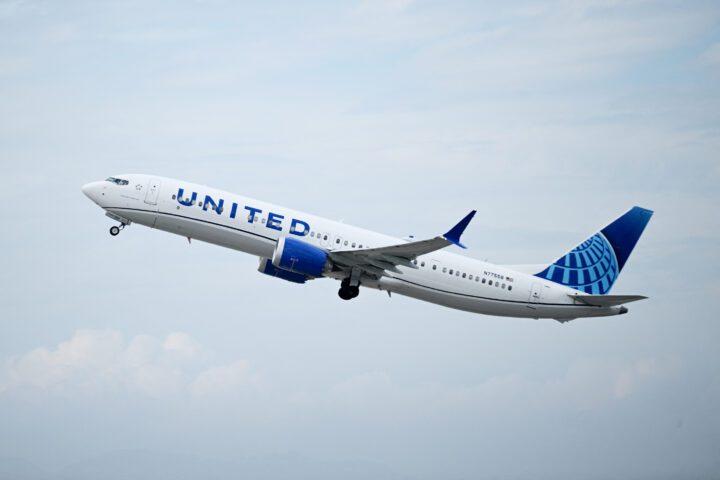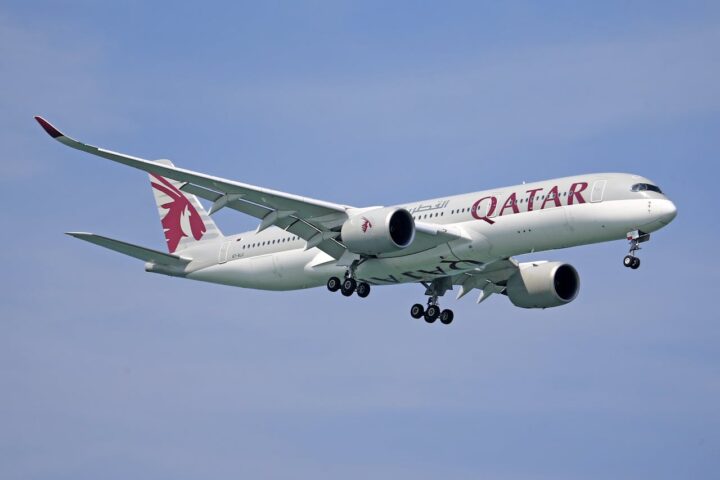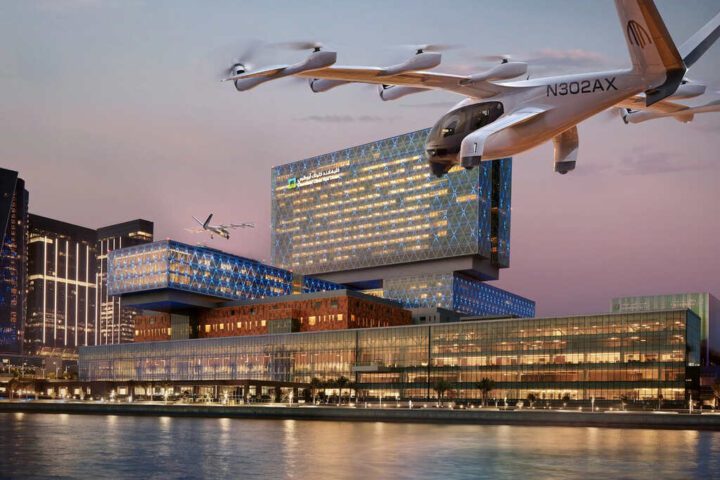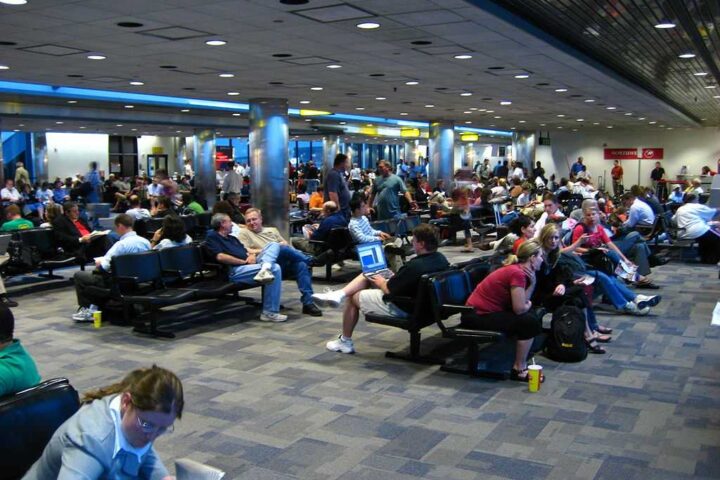A tech-race has commenced to electrify mobility and many companies are working on battery-electric powered aircrafts too. However, due to the size and weight of batteries, one would have to sacrifice either the number of passengers that can be transported or the distance that can be flown on a full battery. But new Dutch studies on electric flying show that much more is possible.
Elysian, an aviation startup based in Delft, Netherland, announced the new research results demonstrating the viability of battery-electric air travel on a larger scale, in collaboration with Delft University of Technology.
Founded by Rob Wolleswinkel, Reynard de Vries, and Daniel Rosen Jacobson and backed by Panta Holdings and Caravelle, Elysian is developing the very first battery-electric aircraft capable of accommodating 90 passengers and traveling 800 km.
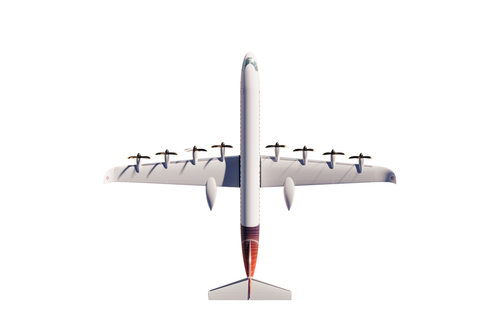
According to the company, with these figures, you already cover half of all commercial flights currently flown with kerosene-powered aircraft. If you replace these fossil aircraft with an electric variant, global aviation emits 20 percent less CO2.
Increasingly better batteries and new design principles make it possible to build electric aircraft that can replace traditional aircraft on a much larger scale. For instance, battery packs can be integrated into the wings, and aviation can rely on useful innovations such as foldable wingtips.
“Jets were fuel-inefficient, they were designed for long ranges and carried a high energy mass relative to the total aircraft mass. That served as inspiration for our electric aircraft design,” says Rob Wolleswinkel, co-founder and Chief Technology Officer of Elysian.
According to Elysian, revised calculations based on new design principles indicate a paradigm shift in the potential of electric flying on batteries.
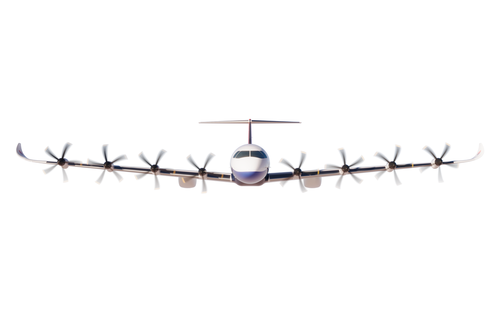
“Contrary to common belief, large battery-electric aircraft can carry much more energy and are aerodynamically more efficient than originally assumed,” stated Rob Wolleswinkel. “Instead of a turboprop aircraft, we considered first-generation narrow-body jets as a reference point,” explains Wolleswinkel.
The second research paper outlines the design of a battery-electric aircraft seating 90 passengers, capable of traveling up to 800 km solely on battery power, assuming a battery pack energy density of 360 Wh/kg.
Similar Posts
The first scientific paper reexamines the assumptions that have led to the current perception of limited applicability for battery-electric aircraft.
Authored by Rob Wolleswinkel, Reynard de Vries, Maurice Hoogreef, and Roelof Vos, the two scientific papers challenge existing perceptions.
The study presents solutions to meet the required specifications through various design choices, including:
- Placing batteries in the wing to lighten the aircraft, shifting the load to the lift location and utilizing space in the wing box.
- Distributed electric propulsion (DEP) can reduce propeller diameter, enabling a low-wing configuration and wing-mounted landing gear. It leads to lighter landing gear and a lighter fuselage.
- A larger wingspan and smaller body than a conventional aircraft can significantly increase aerodynamic efficiency without advanced technology.
- Foldable wingtips optimize aerodynamic performance and fit within gate span constraints due to the large wingspan.
- A turbine-based “reserve power system” provides energy to the batteries and motors during diversion or loitering. The reserve power system is designed to cover reserves, not to extend mission range.
Elysian continues the development of its first aircraft, E9X, with the goal of becoming operational by 2033, highlighting the company’s ambitious timeline for bringing their electric aircraft to market.,
Traditionally dismissed as impractical for mainstream aviation due to capacity and range limitations, battery-electric flying is now challenging convention, showcasing the industry’s evolving perspective on electric aviation.
Flights up to 1000 km long currently represent 50% of all global scheduled flights, highlighting the significant potential impact of battery-electric aircraft on reducing CO2 emissions in the aviation industry.
Introducing battery-electric aircraft for short-haul flights has the potential to significantly reduce the climate impact of the aviation industry, emphasizing the environmental benefits of electric aviation. However, many challenges like battery cell development and integration, thermal management, reserve energy system design and certification, and high voltage power transmission still need to be resolved.
Elysian collaborates with leading institutions such as Delft University of Technology, University of Twente, Royal Netherlands Aerospace Center (NLR), and German Aerospace Center (DLR) to address these questions before finalizing a design.
“We expect Elysian to make a significant contribution to discovering the boundaries of battery electric flying by taking a refreshingly new look at the combination of technology and design,” said Joris Melkert, Senior Lecturer Aerospace Engineering at Delft University of Technology.
